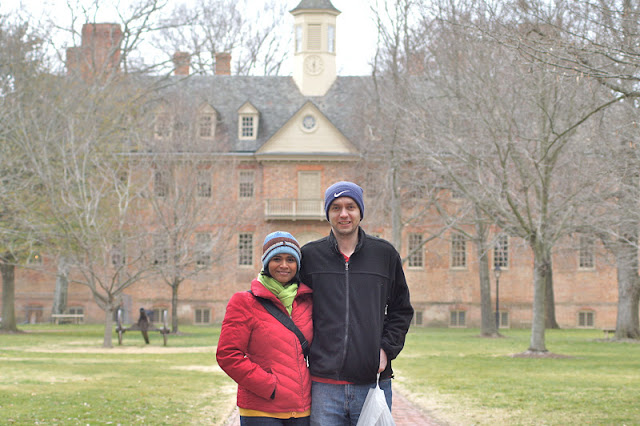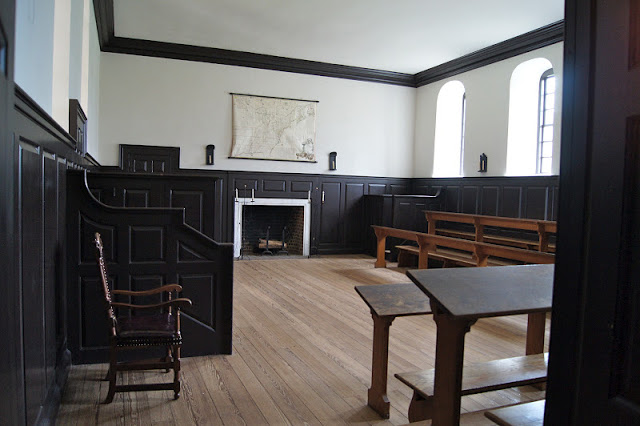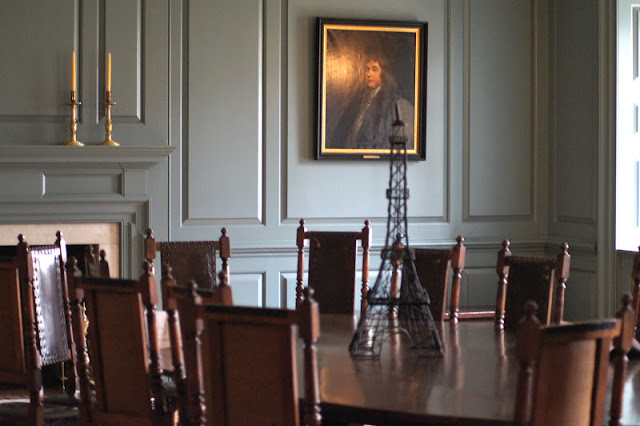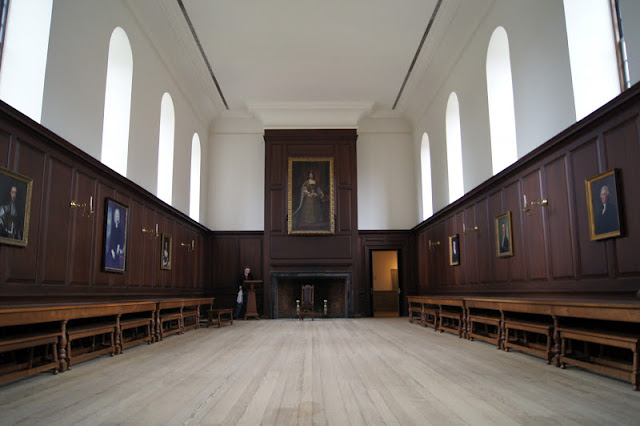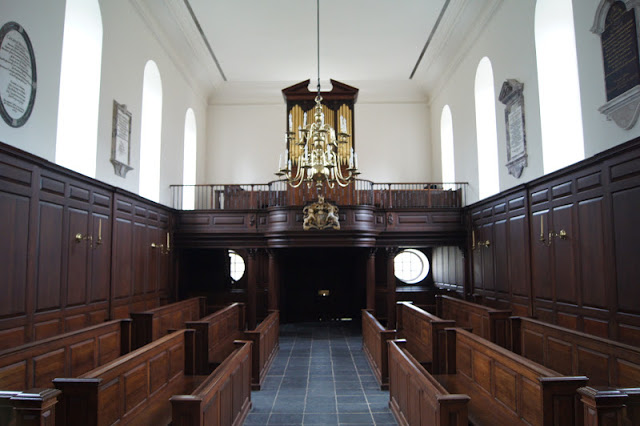“The only thing new in the world is the history you do not know.”
― Harry S. Truman
― Harry S. Truman
Today, Aaron and I walked the hallowed halls of the Christopher Wren Building, part of the College of William and Mary—the oldest college in the United States. Of all the notable alumni who have graced these buildings, it is important to mention the following: George Washington, Thomas Jefferson, James Monroe and John Tyler—who were the first, third, fifth and tenth president of the United States.
The Sir Christopher Wren Building is the oldest college building in the United States and the oldest of the restored public buildings in Williamsburg. It was constructed between 1695 and 1699, before the city was founded, when the capital of the colony of Virginia was still located at Jamestown, and the tract of land which was to become Williamsburg was populated by simple timber buildings and known as “Middle Plantation.”
The picture above is that of the classical grammar school. This school was designed for the education of young boys ranging in age from twelve to fifteen, who would study Latin, Greek, mathematics, geography, penmanship, and the Church of England catechism. These boys—the privileged sons of planter gentry—came to the College with some prior education, often having been taught by private tutors on Virginia plantations. They were expected to grow up to become leaders after completion of their studies at the College. There is a map on the wall opposite the one with the fireplace that was drawn up by Peters Jefferson, father of Thomas Jefferson, and Joshua Fry, who measured and mapped the land of Virginia for the Board of Trade and Plantations in London.
The Blue Room served as the administrative seat of thee College throughout the colonial period. Meetings of the president, masters, and Board of Visitors were held here, and the College charter, seal, and other official documents were kept in this room. Documents written by students and dating to 1797 referred to this room as the “Blue Room”, a place from which both discipline and praise were issued. Today, the room is used by students defending their doctoral dissertations and honors theses. There is a portrait of Margaret Thatcher in this room, who is the first female chancellor, as well as the first British chancellor of the College since the Revolutionary War.
During the colonial period, all the students and faculty of the College were expected to live and work within the Wren Building (at that time, simply called the “College”). The Great Hall (pictured above) served as the refectory, or dining hall, as well as the room where large gatherings, lectures, and recitals were held. The General Assembly of Virginia met in the Great Hall twice during the colonial period. This hall is filled with portraits of nobility and royalty of England, and also portraits of three presidents of the United States who were educated at William and Mary: James Monroe, John Tyler and Thomas Jefferson. Today, it is the home of one of William and Mary’s favorite wintertime tradition: the Yule Log Ceremony.
The Chapel at William and Mary.
Sorry about the long blog entry, but you can tell that we spent a significant amount of time discovering this treasure in Williamsburg. If you ever visit Colonial Williamsburg, this is a must see place—walk the halls imagining the great minds that have walked there before you.


